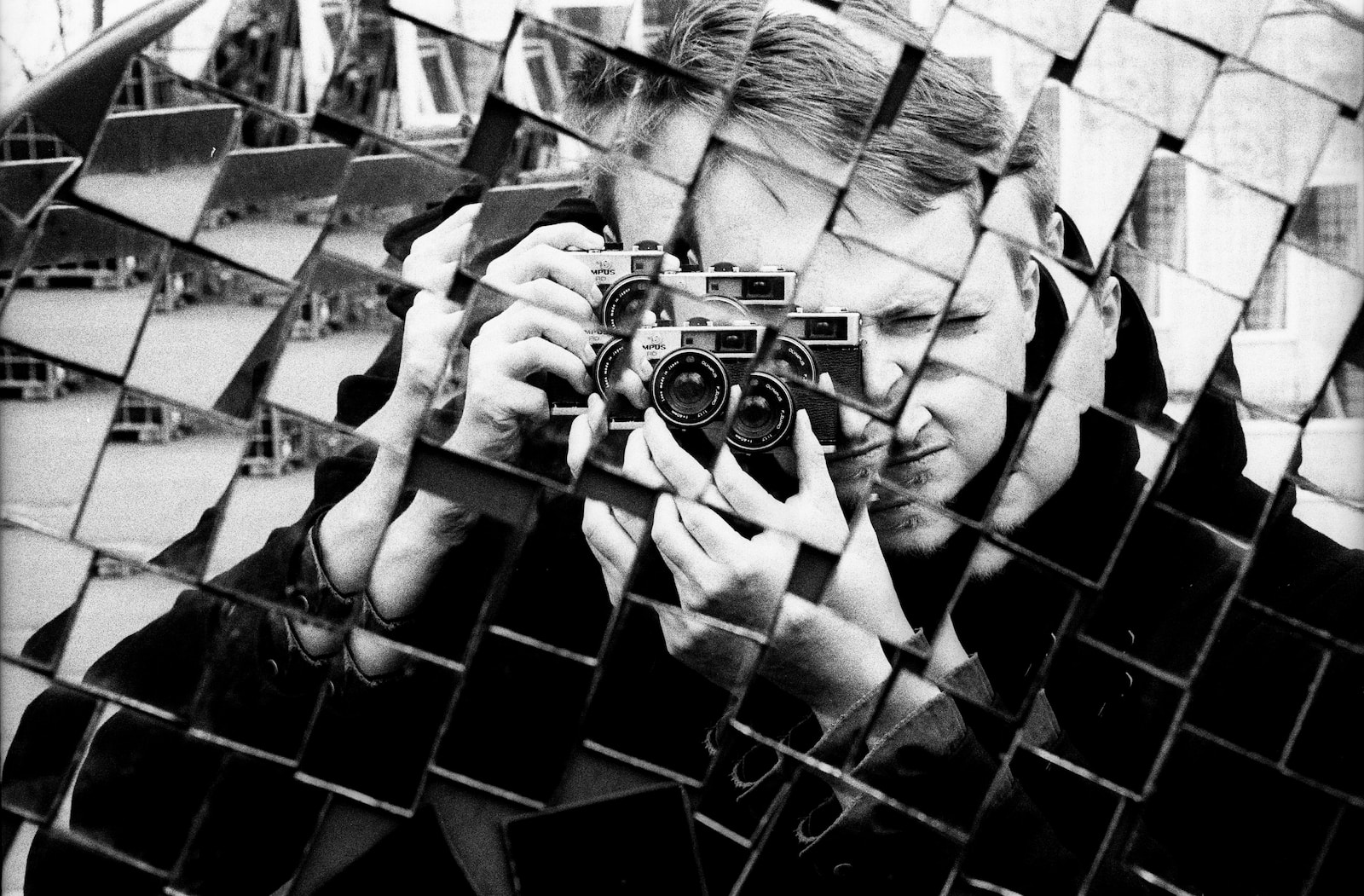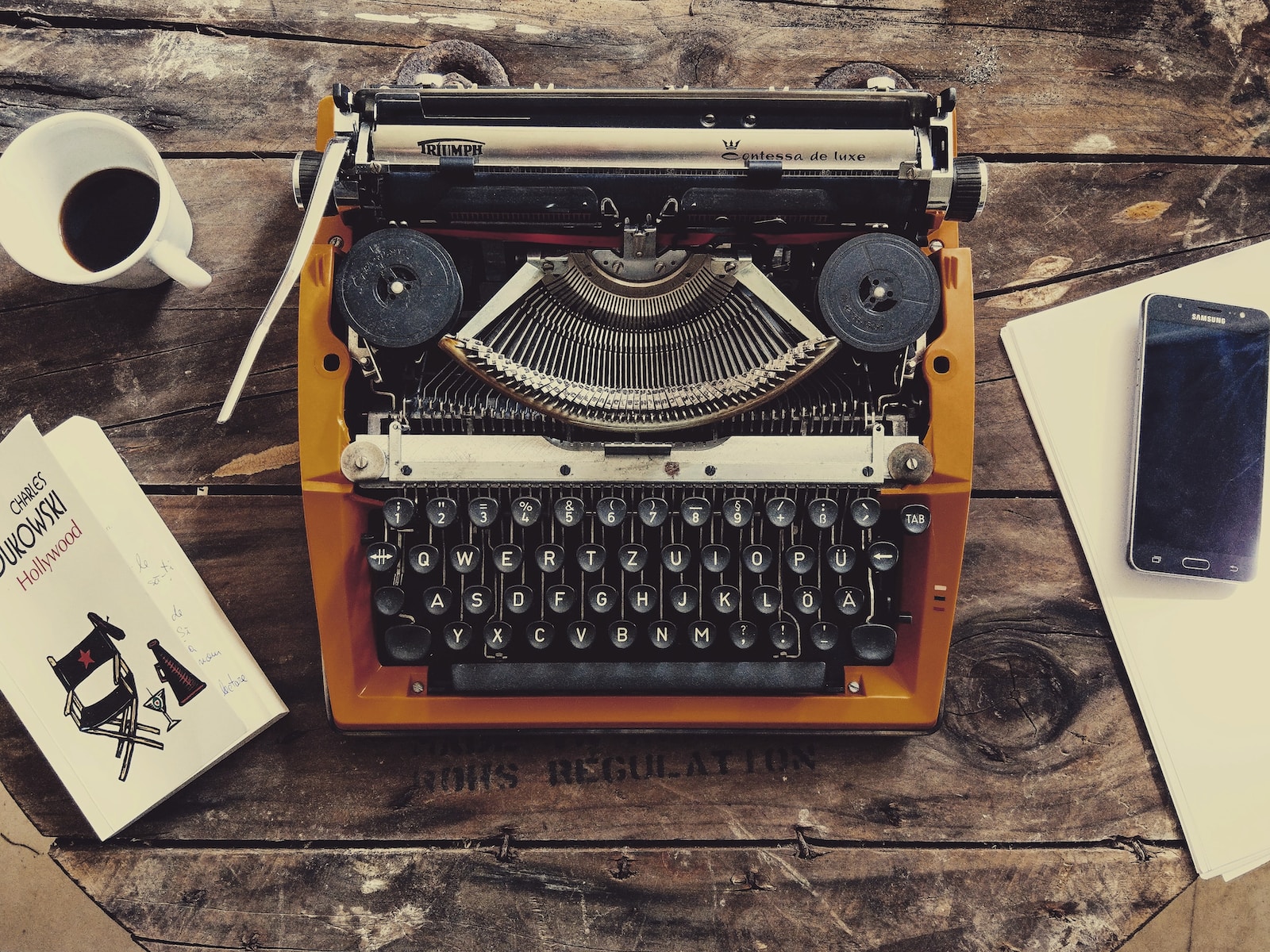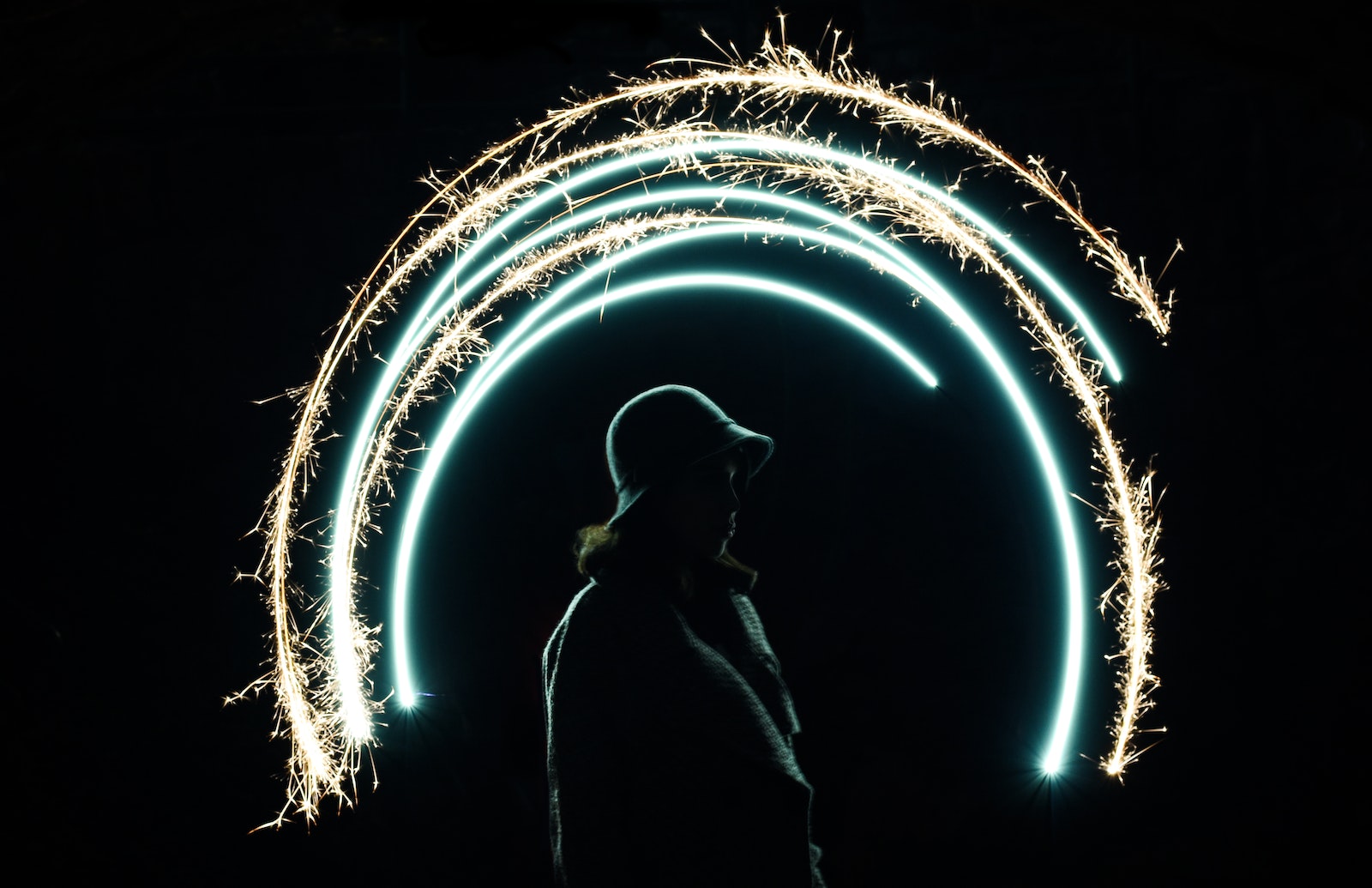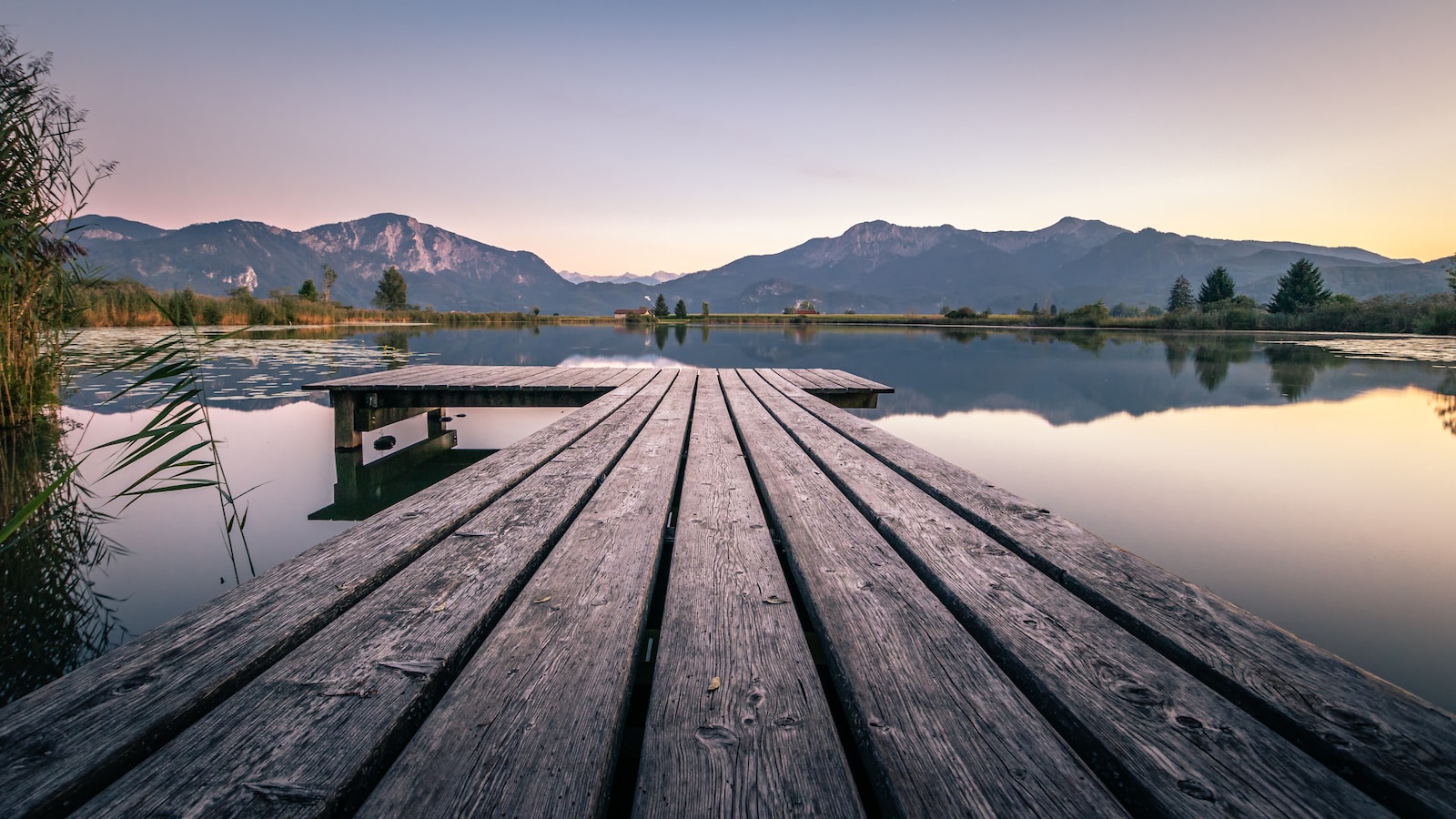Are you ready to unlock the secret behind creating mind-blowing and visually striking images? Look no further than the art of composite photography. In this blog, we will dive into the fascinating world of piecing together multiple images to form breathtaking compositions. Whether you are a seasoned photographer or just starting out, learn the techniques and camera tricks that will take your photography skills to new heights. Join us as we unravel the magic of composite photography in this exciting journey.
Table of Contents
The Stunning Subject: Layering the Magic of Composite Photography
Photography is often referred to as capturing a moment frozen in time. But what if you could go beyond capturing just one moment? What if you could piece together multiple moments, multiple images, to create a composite that tells a story, evokes emotions, and leaves viewers in awe? Welcome to the magical world of composite photography.
Unleashing the Power of Layering
Composite photography is the art of combining multiple images into one seamless composition. By layering different elements, you can create visual narratives that go beyond what a single photograph can capture. The possibilities are endless, and the results can be truly extraordinary.
One of the key factors in creating stunning composite images is choosing the right subject. While virtually any subject can be a canvas for compositing, certain subjects offer unique features that make them particularly compelling.
- Landscapes: Mother Nature provides a vast array of elements that can be combined to create breathtaking composite landscapes. From serene sunsets and majestic mountains to rolling meadows and cascading waterfalls, landscapes offer endless possibilities for layering.
- Architecture: The intricate details and lines of buildings and structures can be combined to create mesmerizing composites. By layering different angles and perspectives, you can showcase the beauty of architectural designs in a whole new way.
- Wildlife: Animals in their natural habitat can make for captivating composite subjects. Imagine a composite image of a flock of birds taking flight, each bird captured in a different position. The result is a dynamic and visually striking composition.
- Portraits: Compositing techniques can also be applied to portraits, allowing you to create unique and surreal images. By layering different facial expressions or incorporating elements that represent the subject’s personality or interests, you can tell a story through the composite image.
Techniques to Make Your Composites Stand Out
Now that you have your subject in mind, let’s explore some key techniques that can take your composite photography to the next level:
- Planning and Preparation: Before you even pick up your camera, envision the final composite image you want to create. Plan your shoot accordingly, considering lighting, angles, and the elements you’ll need to capture.
- Consistency in Lighting: To ensure a seamless blend of the different elements, pay attention to the lighting in each image. Shoot at similar times of the day or strategically use artificial lighting to create a cohesive look.
- Selective Focus: Use shallow depth of field techniques to draw attention to specific elements within the composite. This adds depth and dimension to your final image.
- Layer Masking: The key to a successful composite is creating smooth transitions between the different layers. Master the art of layer masking to seamlessly blend the elements together.
- Experiment with Blending Modes: Blending modes in editing software can dramatically alter the appearance of your composite. Explore different blending modes to achieve the desired effect, whether it’s a dreamy overlay or a vivid combination of colors.
Remember, composite photography is a journey of creativity and storytelling. Embrace the power of layering, explore different techniques, and let your imagination guide you. With practice and an eye for detail, you’ll soon be piecing together breathtaking puzzles, capturing moments that transcend the boundaries of reality.
Did you know that composite photography has been used since the 1800s? Back then, photographers manually combined multiple negatives to create a single image. Today, we have advanced software at our disposal to make the process easier and more seamless.
Diving into the World of Composite Photography
Composite photography is a captivating technique that involves merging multiple images to create a unified and visually striking final piece. Whether you are a professional photographer looking to expand your creative repertoire or an avid enthusiast willing to experiment, composite photography can take your skills to new heights. To embark on this journey, one of the most crucial decisions you’ll need to make is selecting the right camera and equipment.
The Perfect Tools for the Job
When it comes to capturing images for composites, having the right gear can make a world of difference. Here are some considerations to keep in mind:
- Camera: A camera with a high resolution and exceptional image quality is essential for capturing the intricate details required for composites. Look for features like a full-frame or APS-C sensor, as they provide optimal image clarity. Additionally, a camera with a wide dynamic range will help retain the details in both the highlights and shadows.
- Lenses: Selecting the right lens can significantly impact the outcome of your composite images. A versatile zoom lens, such as a 24-70mm or 24-105mm, can cover a range of focal lengths, allowing you to capture various perspectives without changing lenses frequently. Wide-angle lenses, like a 14-24mm, can be beneficial for capturing landscapes or architectural elements, while telephoto lenses, such as a 70-200mm, can help isolate subjects and create stunning bokeh effects.
- Tripod: Stability is key when working with multiple images and aligning them seamlessly. Invest in a sturdy tripod that can support the weight of your camera and lenses. This will ensure that your shots remain sharp and perfectly aligned, reducing the chances of camera shake or blurred images.
- Lighting Equipment: While natural light can be used effectively for composites, having control over the lighting conditions can enhance the overall quality of your images. Consider investing in external lighting equipment, like a flash or strobe, to create consistent lighting across your composite elements. This will ensure that the lighting on each element matches, resulting in a more cohesive and realistic final piece.
- Additional Accessories: Depending on your specific needs and preferences, there are a few other items worth considering. A remote shutter release or cable release can help eliminate any camera shake when capturing long exposures or multiple shots. Neutral density filters can assist in managing exposure in bright conditions or when capturing motion. Lastly, a dedicated memory card with ample storage space and fast write speeds will be indispensable when working with large image files.
Remember, the gear you choose should align with your creative vision and the style of composites you wish to create. It’s essential to conduct thorough research, read reviews, and explore your options to find the perfect combination of camera and equipment that suits your needs.
In the next section, we will delve into the various techniques and methods that will help you capture the best images for your composites.
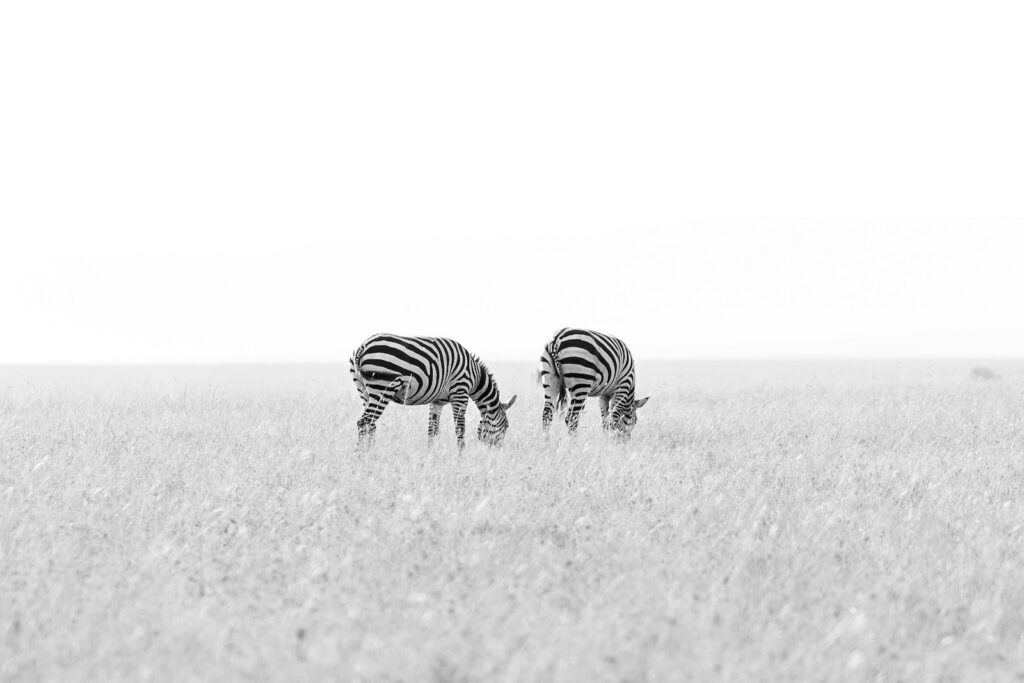
The Best Time for Captivating Composite Photography
Timing is crucial when it comes to capturing outstanding photos for composites. The lighting conditions and atmospheric qualities can greatly influence the final result. To create mesmerizing composites, it’s important to understand the best times for shooting.
One of the most popular times photographers prefer is the golden hour, which occurs during the first and last hour of sunlight each day. The warm and soft light during this period adds a magical touch to your compositions, enhancing depth and texture. The long shadows and vibrant hues create a stunning backdrop for your subject, making them stand out in the final composite.
In contrast, shooting during the blue hour, which happens just before sunrise or after sunset, provides a unique opportunity to capture ethereal and moody scenes. The soft blue light adds a sense of mystery and tranquility to your composites. When combined with the right subject matter, this lighting can evoke a captivating and atmospheric mood.
Exploring Vantage Points and Positions
Choosing the perfect vantage point and position for your shots can make a significant difference in the overall impact of your composites. Here are a few options worth considering:
- Elevated Perspective: By getting higher than your subject, whether it’s by climbing up a hill or using a drone, you can create a unique viewpoint that adds depth and scale to your composites. This technique is particularly effective for landscape composites or capturing large crowds.
- Low Angle Shot: Shooting from a low angle can create a dramatic and powerful effect, emphasizing the subject’s dominance and adding a sense of grandeur to your composites. This technique is commonly used in portrait or sports photography to convey strength or intensity.
- Framing Techniques: Incorporating elements in the foreground to frame your subject can add depth and lead the viewer’s eye towards the main focal point. This technique can help create a more dynamic and engaging composition, drawing the viewer into the story you’re trying to tell.
- Unconventional Perspectives: Sometimes, capturing composites from unconventional angles and viewpoints can result in striking and unexpected compositions. Whether it’s shooting from a reflection, experimenting with extreme close-ups, or photographing through objects, thinking outside the box can lead to truly unique and compelling composites.
By understanding the best time for shooting and exploring various vantage points and positions, you’ll be able to capture stunning photos that form the puzzle pieces of your composite. Remember, the key to successful composites is planning and experimentation. So grab your camera, head out during the golden or blue hour, and let your creativity soar!
One helpful photography technique when creating composites is to use a tripod and shoot in the same lighting conditions. This helps ensure consistent exposure across multiple images, making it easier to blend them seamlessly in post-production. Additionally, shooting in RAW allows for more flexibility in adjusting colors and tones during editing, enhancing the overall composition.
Frequently Asked Questions
What is composite photography?
Composite photography is a technique that involves combining multiple images to create a final photograph with a unique and compelling visual impact. By layering and blending different elements, photographers can create scenes that may not be possible to capture in a single shot.
What equipment do I need for composite photography?
To create stunning composite photographs, you will need a camera with manual settings, a tripod to ensure stability, and a selection of lenses. Additionally, editing software such as Adobe Photoshop or Lightroom is essential for merging and enhancing the images.
What are some popular composite photography techniques?
There are various techniques used in composite photography, including:
- Layering: This involves combining multiple images by stacking them on top of one another to create depth and dimension.
- Masking: Using masking techniques allows you to selectively reveal or hide parts of an image, making it appear seamlessly integrated into the composite.
- Blending: By adjusting opacity and applying blending modes, you can blend different elements together to create a harmonious composition.
- Background swapping: This technique enables you to replace the background of a subject, transporting them to a different location.
How can I improve my compositing skills?
To enhance your compositing skills, consider the following tips:
- Plan your composition: Visualize the final image before you start shooting and think about how the different elements will come together.
- Pay attention to lighting: Ensure that the lighting conditions in all the images you plan to combine are consistent to make the composite more believable.
- Refine your editing techniques: Familiarize yourself with various editing tools and techniques, such as layer masks and adjustment layers, to refine and enhance your final composite.
- Practice, practice, practice: The more you experiment with compositing, the better you will become. Don’t be afraid to try new techniques and push your creativity.
Where can I find inspiration for composite photography?
There are several sources of inspiration for composite photography:
- Online communities and forums dedicated to photography: Connect with other photographers who specialize in composites, share your work, and seek feedback.
- Art galleries and exhibitions: Explore different art forms, including paintings and digital art, to gather ideas and inspiration for your composites.
- Nature and travel: Take time to observe and appreciate the world around you. Natural landscapes and unique locations can provide the perfect backdrop for your composites.
- Photography books and magazines: Stay updated with the latest trends and techniques in composite photography by reading books and magazines focused on the art form.
Wrap Up:
Composite photography is a powerful technique that allows you to piece together a puzzle of images to create something truly extraordinary. By combining different layers and using advanced camera techniques, you can unleash your creative potential and take your photography to new heights.
Remember, mastering the art of composite photography takes practice and patience. Don’t be afraid to experiment, break boundaries, and try new techniques. The possibilities are endless! So grab your camera, explore different layering options, and let your imagination take flight.
We hope this blog has inspired you to dive into the world of composite photography. If you have any thoughts, questions, or experiences to share, please leave a comment below. We’d love to hear from you and see what incredible composites you create!
